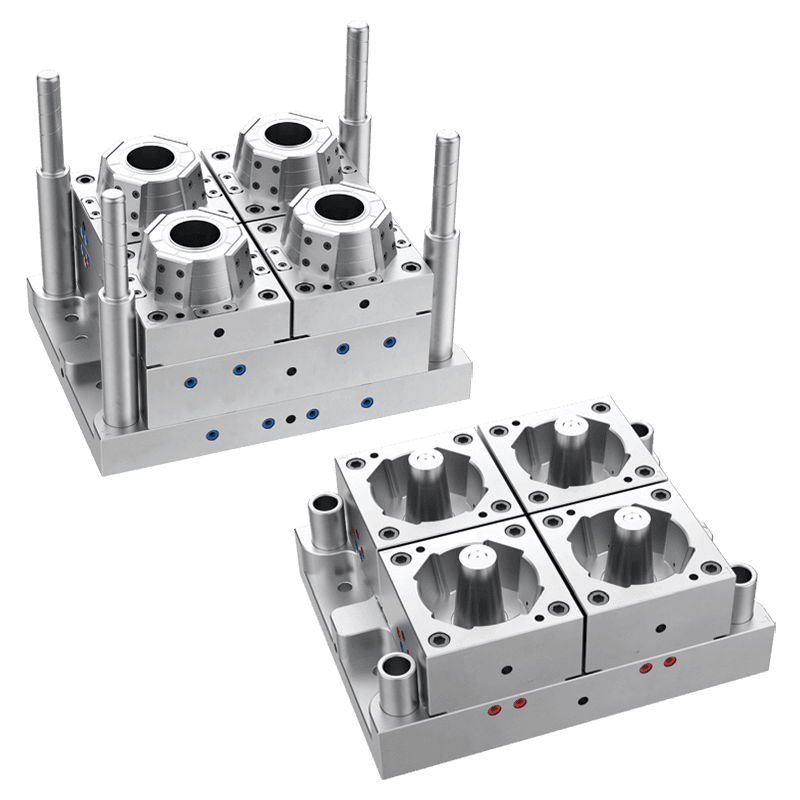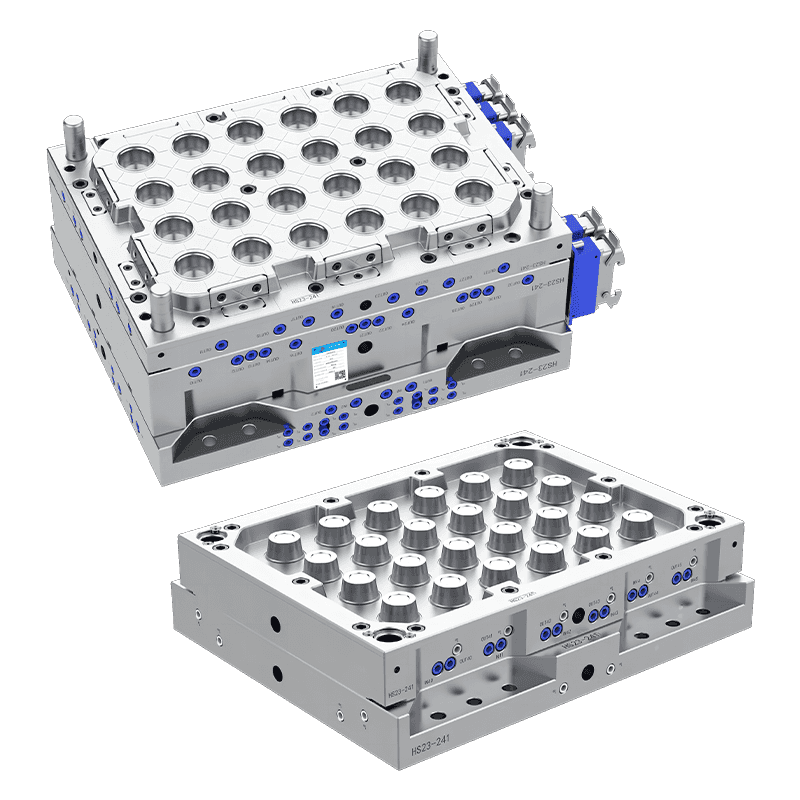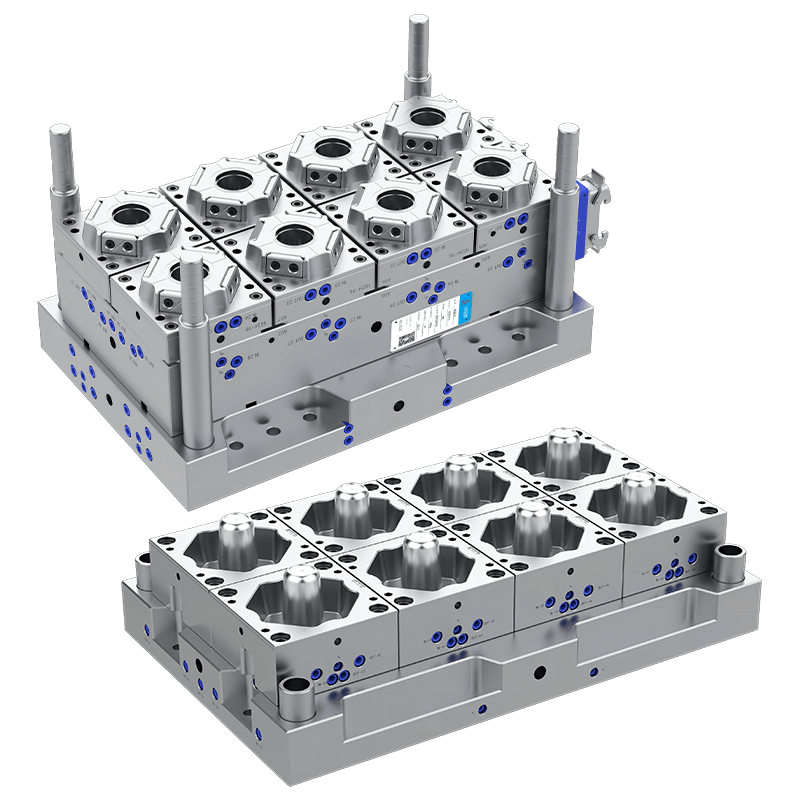Sustainable Practices in Plastic Food Container Mould Production
Companies that produce plastic food container moulds are being challenged to balance the need for cost-effective production with the growing importance of environmental responsibility. In particular, Thin Wall Food Container Moulds and Plastic Food Container Moulds are becoming central to discussions about reducing plastic waste and improving the sustainability of food packaging.
The Growing Importance of Eco-Friendly Materials
One of the most significant trends in plastic food container mould production is the shift towards eco-friendly materials. As concerns about plastic waste escalate, manufacturers are seeking ways to make food containers more sustainable. This has led to innovations in the use of recyclable plastics and bio-based materials, which can be incorporated into the design and production of food containers.
Plastic food container moulds, particularly those used to produce thin wall containers, are benefiting from these material advancements. For example, manufacturers are increasingly turning to recycled plastic in their injection moulding processes. By using recycled PET (rPET) and other sustainable materials, companies can help reduce the need for virgin plastic, which in turn lowers the overall environmental impact of the packaging. These materials not only meet the required safety standards for food contact but also contribute to a circular economy by promoting the reuse of plastics.
In addition, some companies are investing in bio-plastics, which are derived from renewable sources like cornstarch or sugarcane. While not yet as widespread as recycled plastics, bio-plastics offer the potential for reducing dependence on fossil fuels while still providing durable and functional packaging.
Benefits of Thin Wall Food Container Moulds
Thin Wall Food Container Moulds offer a significant advantage in terms of material efficiency. These moulds are designed to produce containers that are strong yet lightweight, using less plastic in the manufacturing process compared to traditional containers. This reduction in plastic consumption helps manufacturers meet sustainability goals by minimizing plastic waste without compromising on the quality and durability of the containers.
Thin wall moulds also offer greater energy efficiency during production. Because these containers require less material, the injection moulding process is faster and consumes less energy. Additionally, thin-walled containers can be made with improved design features, such as enhanced stacking and lightweight properties, which reduce transportation costs and the environmental footprint associated with distribution.
Moreover, thin wall containers are also beneficial for reducing carbon emissions. With lighter packaging, transportation energy use is minimized, contributing to fewer greenhouse gas emissions during shipping. This also aligns with global efforts to reduce the overall carbon footprint of plastic products.
The Future of Plastic Food Container Moulds: A Move Towards Circularity
The next step in the development of Plastic Food Container Moulds is the further integration of the circular economy model. Circularity refers to designing products and systems that allow for continuous reuse, recycling, and repurposing of materials. For the plastic food container industry, this means creating containers that are easier to recycle and ensuring that the materials used in manufacturing can be recovered and reused after their initial lifecycle.
For example, food containers made with recyclable rPET can be easily turned back into raw material to create new packaging. This reduces the need for virgin plastic, which requires more energy and resources to produce. Manufacturers are also exploring ways to design plastic food container moulds that simplify the recycling process, such as incorporating clear markings to indicate the type of plastic used or using mono-material designs that make recycling more efficient.
The Role of Innovation in Sustainability
Innovation plays a crucial role in making plastic food container moulds more sustainable. As new materials and technologies emerge, manufacturers are finding creative ways to minimize plastic usage while still delivering durable, high-quality products. For example, developments in injection moulding technology are enabling the production of thinner and stronger containers with reduced material consumption. These advancements help to lower costs, improve manufacturing efficiency, and most importantly, reduce the overall environmental impact.
In conclusion, the trend toward more sustainable practices in Plastic Food Container Moulds is reshaping the food packaging industry. By focusing on the use of recyclable, bio-based materials, and adopting thin wall food container moulds, manufacturers can significantly reduce plastic waste while still meeting the needs of the food industry. As the demand for eco-friendly packaging continues to grow, these innovative approaches will play a pivotal role in making the plastics industry more sustainable and responsible.
Contact Us
Email: [email protected]; Or fill out the contact form below.

 English
English 中文简体
中文简体 русский
русский Español
Español Français
Français




